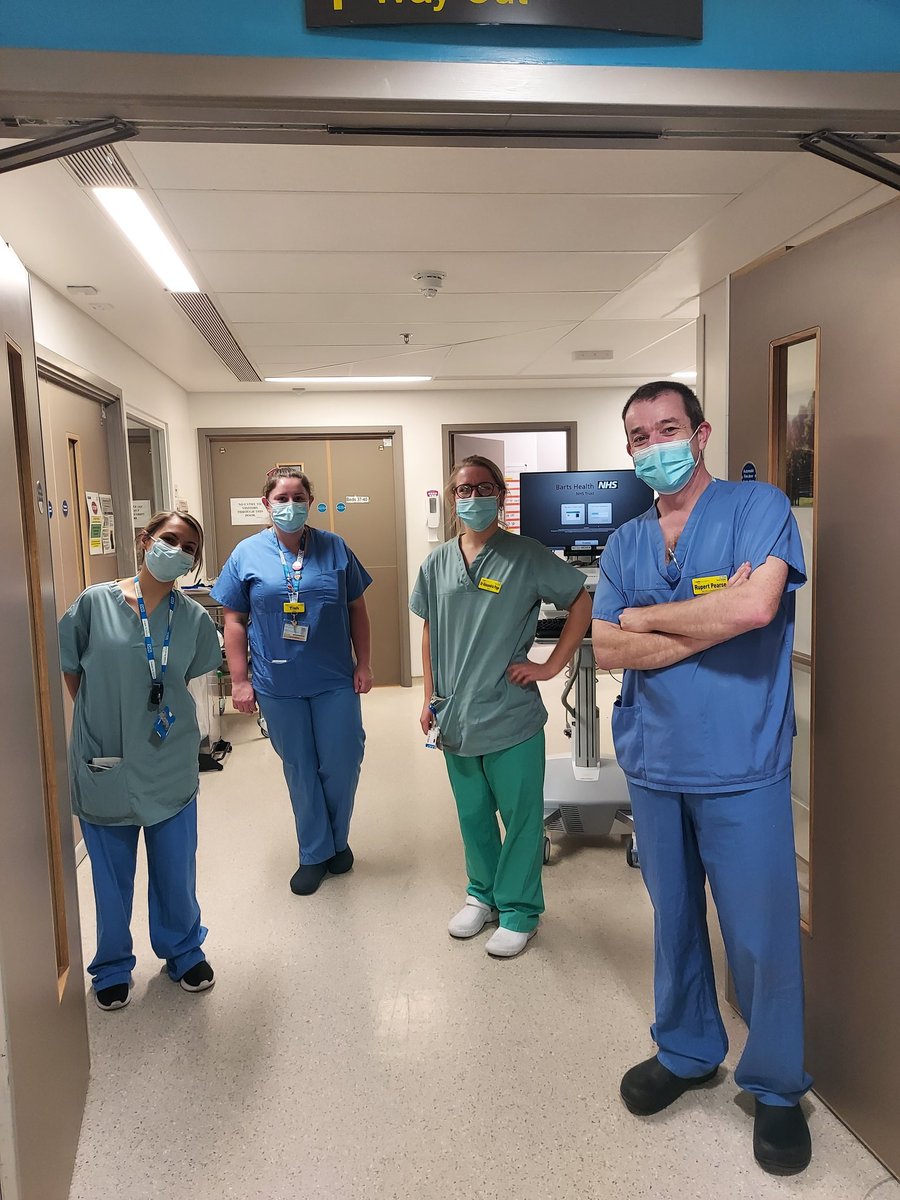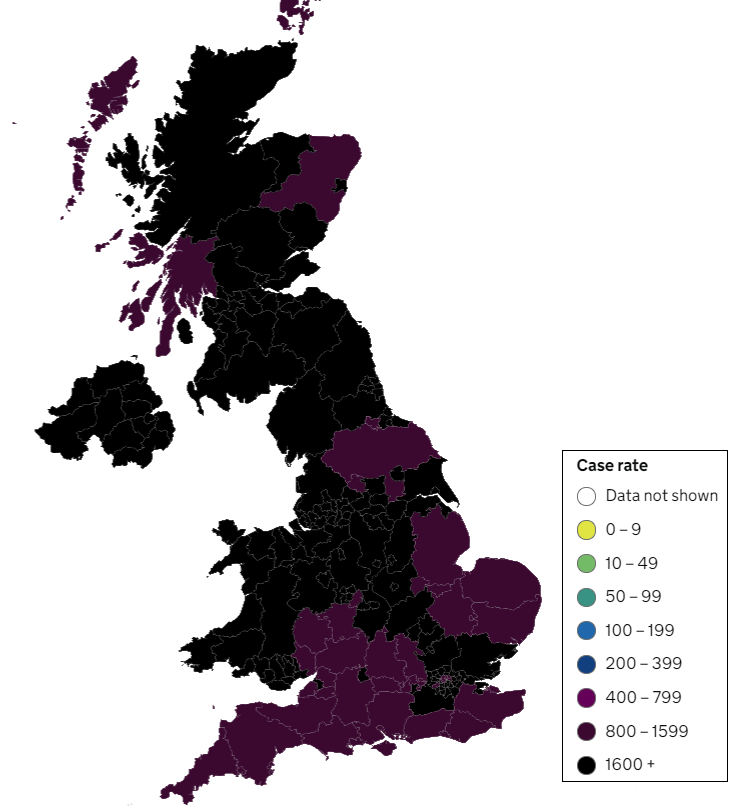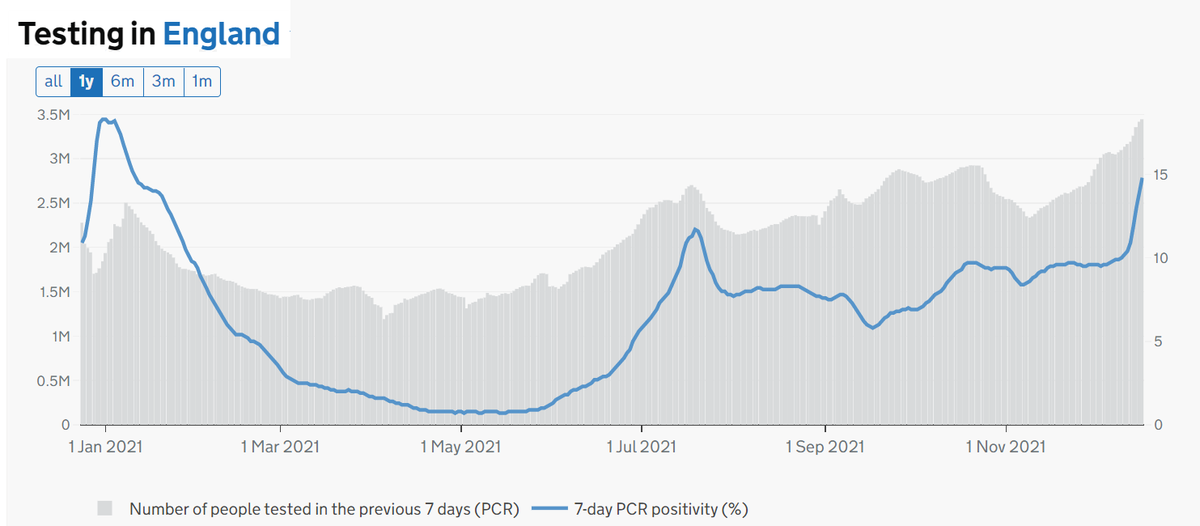Brief update from the front lines: The second wave is definitely here and NHS hospitals are putting the finishing touches to their escalation plans. Time to make the difficult call on how many COVID-19 patients to prepare for. 1/8
Shooting for a very large COVID capacity means planning to shut down some or all of our routine NHS work. Many doctors are concerned about protecting services for cancer, stroke, heart disease etc. 2/8
Plan A for a lot of hospitals will be preparing for a peak of around two thirds of the COVID numbers we saw in the spring. We can keep many routine services going at that level albeit at reduced capacity. 3/8
Right now that seems the right approach. Hospital admissions with COVID-19 (not just positive swabs) definitely rising but not as steeply as March. Also, possible that fewer patients are needing ventilation in ICU. Looking more like a slow burn than a second wave. 4/8
This time we will see hospitals work together much more. Patients will often be transferred between hospitals to maximise COVID free 'green zones' keeping usual services going. This will also protect smaller hospitals which cannot expand capacity. Families should expect this. 5/8
Meanwhile, there are relatively few concerns about supplies. Last time we ran with a one-day supply of PPE. Stocks now much more resilient. Drug supplies also better except perhaps remdesivir (not the most important drug to be honest). Plenty of ventilators too. 6/8
Staff morale currently pretty good. A very calm routine on @teamaccu this week. We feel safe but still worry about our resilience on what for us is a second tour of duty. Lives are on hold. Many staff are missing close family who live abroad. 7/8
Hopefully the deniers will calm down and note what has happened to their icon Donald Trump. #HandsFaceSpace works! Thank you to everyone for doing your bit. I will leave you with a pic from this week's ward round. Stay safe 🤗 8/8 

• • •
Missing some Tweet in this thread? You can try to
force a refresh


















